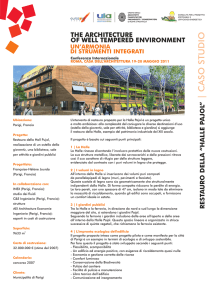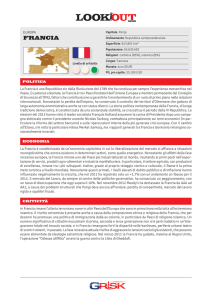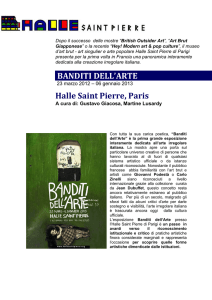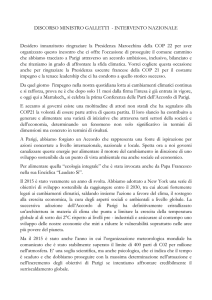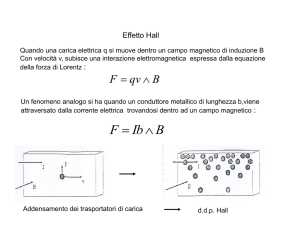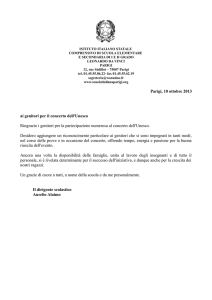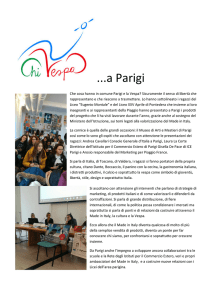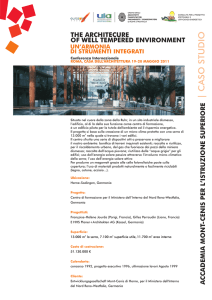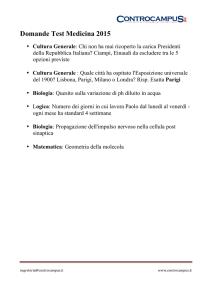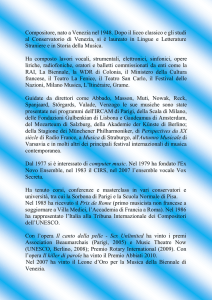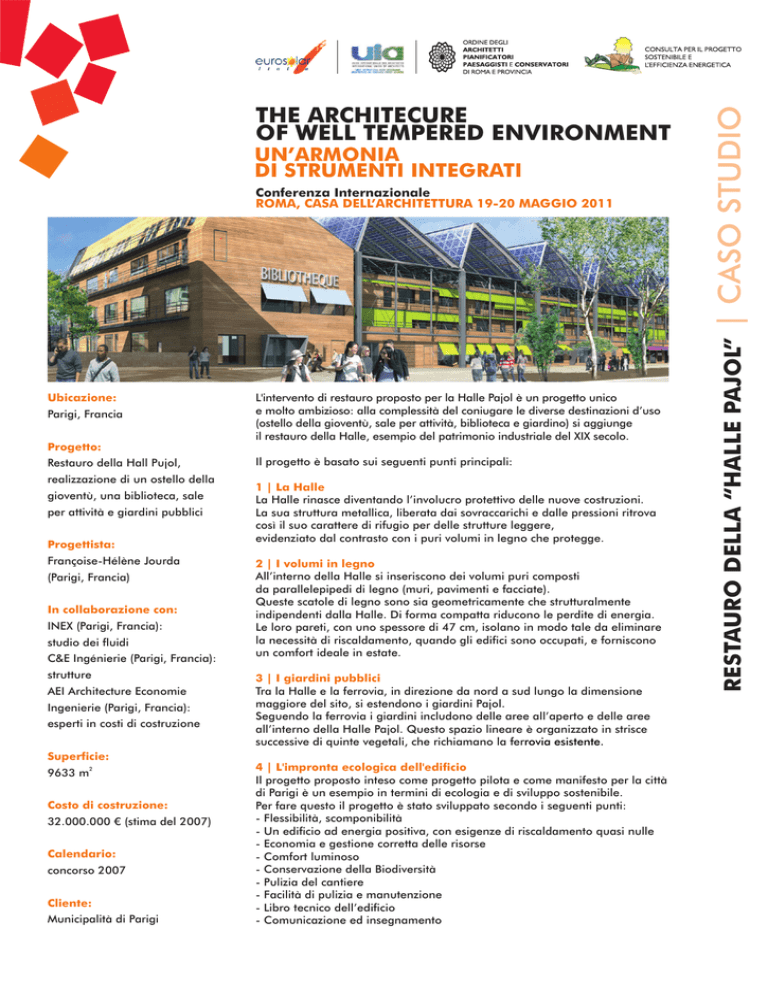
THE ARCHITECURE
OF WELL TEMPERED ENVIRONMENT
UN’ARMONIA
DI STRUMENTI INTEGRATI
Ubicazione:
Parigi, Francia
L'intervento di restauro proposto per la Halle Pajol è un progetto unico
e molto ambizioso: alla complessità del coniugare le diverse destinazioni d’uso
(ostello della gioventù, sale per attività, biblioteca e giardino) si aggiunge
il restauro della Halle, esempio del patrimonio industriale del XIX secolo.
Progetto:
Restauro della Hall Pujol,
realizzazione di un ostello della
gioventù, una biblioteca, sale
per attività e giardini pubblici
Progettista:
Françoise-Hélène Jourda
(Parigi, Francia)
In collaborazione con:
INEX (Parigi, Francia):
studio dei fluidi
C&E Ingénierie (Parigi, Francia):
strutture
AEI Architecture Economie
Ingenierie (Parigi, Francia):
esperti in costi di costruzione
Il progetto è basato sui seguenti punti principali:
1 | La Halle
La Halle rinasce diventando l’involucro protettivo delle nuove costruzioni.
La sua struttura metallica, liberata dai sovraccarichi e dalle pressioni ritrova
così il suo carattere di rifugio per delle strutture leggere,
evidenziato dal contrasto con i puri volumi in legno che protegge.
2 | I volumi in legno
All’interno della Halle si inseriscono dei volumi puri composti
da parallelepipedi di legno (muri, pavimenti e facciate).
Queste scatole di legno sono sia geometricamente che strutturalmente
indipendenti dalla Halle. Di forma compatta riducono le perdite di energia.
Le loro pareti, con uno spessore di 47 cm, isolano in modo tale da eliminare
la necessità di riscaldamento, quando gli edifici sono occupati, e forniscono
un comfort ideale in estate.
3 | I giardini pubblici
Tra la Halle e la ferrovia, in direzione da nord a sud lungo la dimensione
maggiore del sito, si estendono i giardini Pajol.
Seguendo la ferrovia i giardini includono delle aree all’aperto e delle aree
all’interno della Halle Pajol. Questo spazio lineare è organizzato in strisce
successive di quinte vegetali, che richiamano la ferrovia esistente.
Superficie:
9633 m2
Costo di costruzione:
32.000.000 € (stima del 2007)
Calendario:
concorso 2007
Cliente:
Municipalità di Parigi
4 | L'impronta ecologica dell'edificio
Il progetto proposto inteso come progetto pilota e come manifesto per la città
di Parigi è un esempio in termini di ecologia e di sviluppo sostenibile.
Per fare questo il progetto è stato sviluppato secondo i seguenti punti:
- Flessibilità, scomponibilità
- Un edificio ad energia positiva, con esigenze di riscaldamento quasi nulle
- Economia e gestione corretta delle risorse
- Comfort luminoso
- Conservazione della Biodiversità
- Pulizia del cantiere
- Facilità di pulizia e manutenzione
- Libro tecnico dell’edificio
- Comunicazione ed insegnamento
RESTAURO DELLA “HALLE PAJOL”
Conferenza Internazionale
ROMA, CASA DELL’ARCHITETTURA 19-20 MAGGIO 2011
THE ARCHITECURE
OF WELL TEMPERED ENVIRONMENT
AN HARMONY OF
INTEGRATED INSTRUMENTS
Paris, France
Location:
The refurbishment of the Halle Pajol is an exceptional and very ambitious
project: it combines a very ambitious brief which includes different activities with
the objective of protecting and integrating the history of the building.
Brief:
The project has been developed considering the following main points:
Refurbishment of the building,
construction of a youth hostel,
a library, activity rooms
and public gardens
Project by:
Françoise-Hélène Jourda
(Paris, France)
Together with:
INEX (Paris, France):
Air and liquids studies;
C&E Ingénierie (Paris, France):
structures;
AEI Architecture Economie
Ingenierie (Paris, France):
building cost experts
Built surface:
9 633 sq.m.
Construction cost:
32 000 000 €
(valued in 2007)
Schedule:
competition in 2007
Client:
Town of Paris
1 | La Halle
The Hall becomes a protective shelter of the new constructions.
Its metallic structure will be made bare and free from any additional weight
(floors, etc…). It will be exposed to the sight of the visitors and regain its
original role of a shelter. This metallic structure will contrast with the wooden
buildings it protects.
2 | The wooden boxes
The brief has been reorganised in the shape of a few very simple,
bold wooden volumes. These wooden boxes are both geometrically
and structurally separated from the Hall .
They have been positioned under the structure of the hall.
The geometry of these volumes (very compact) limits by itself energy losses.
The walls are 47cm thick, very insulated and provide an optimal summer
and winter comfort.
3 | The public gardens
Placed between the hall and the rails, the gardens expand on the greatest
dimension of the site, from North to South.
Following the rails, the gardens include an open air area and a sheltered
area when they cross the hall.
The layout of the gardens is organised around vegetal linear stripes,
which are a reminder of the existing rails.
4 | Ecological footprint of the building
The design has been developed in order to become an example
in terms of ecology and sustainable development.
The design has been developed according to the following points:
- Flexibility, demountability
- Positive energy building, no heating nor air conditioning
- Resources and raw materials management
- Visual comfort (optimization of natural light)
- Saving the local species (animals and plants)
- Clean building site
- Easy maintenance and cleaning
- Building Log Book
- Communication and teaching
REFURBISHMENT OF THE “HALLE PAJOL”
International Conference
ROME, CASA DELL’ARCHITETTURA 19-20 MAY 2011

